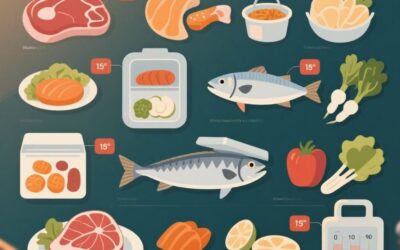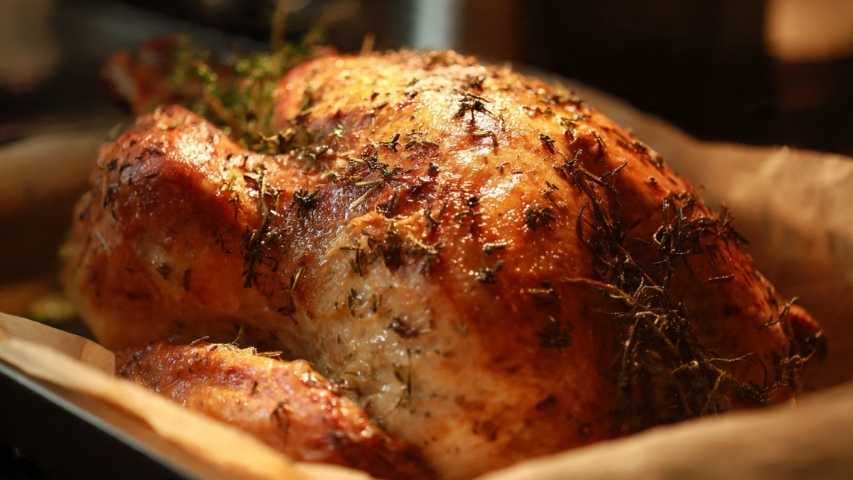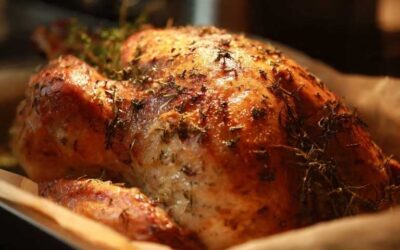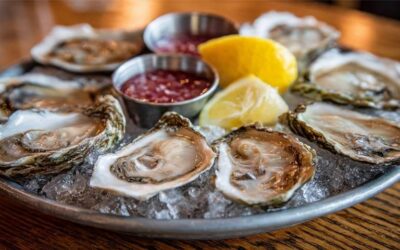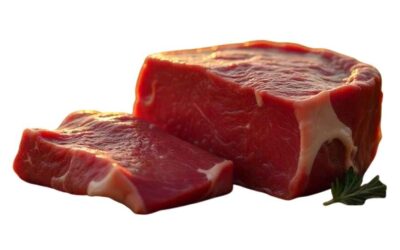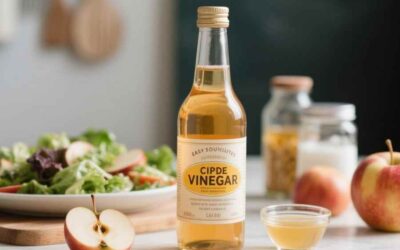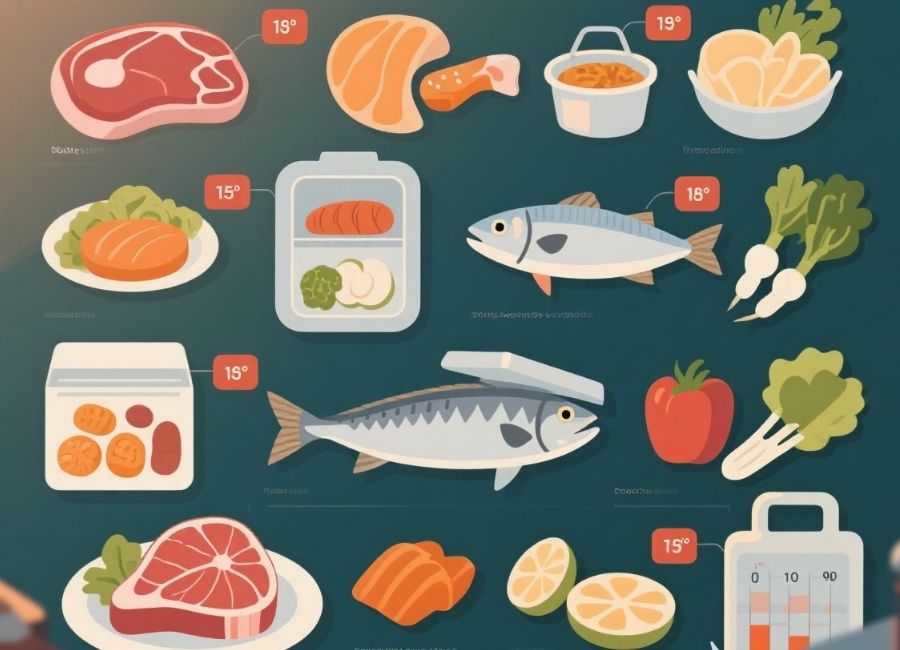If you work in the food service industry, you’ve likely heard the term “TCS food.” Understanding what it means is essential for keeping customers safe and your business compliant with health regulations. Storing and handling these foods correctly prevents the growth of harmful bacteria that can cause foodborne illnesses.
This guide explains what TCS foods are, provides a comprehensive list of examples, and outlines the proper procedures for handling them safely and effectively. By the end, you’ll have a clear understanding of your responsibilities and how to protect your patrons from potential health risks.
What Does TCS Stand For?

TCS stands for Time/Temperature Control for Safety. The name itself offers a big clue: these are foods that require specific time and temperature controls to prevent the growth of dangerous microorganisms.
When TCS foods are left in the “temperature danger zone” for too long, bacteria can multiply rapidly to unsafe levels. This zone typically ranges from 5°C to 57°C (41°F to 135°F). (National Food Safety Month Week 4: Follow safe food procedures, 2020) The longer a food remains in this range, the higher the risk it poses as a source of foodborne illness.
Foods are classified as TCS if they are moist, rich in protein, and have a neutral or slightly acidic pH. These conditions create the ideal breeding ground for pathogens such as Salmonella, E. coli, and Listeria. (Potentially Hazardous Food, n.d.)
A List of Common TCS Foods
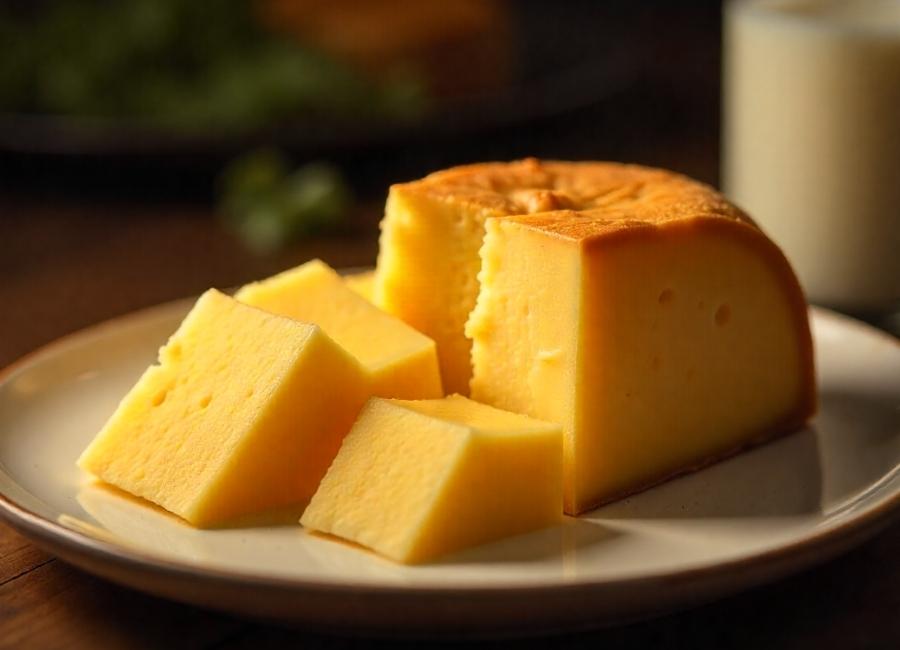
Many of the most common ingredients and dishes found in a commercial kitchen are considered TCS foods. All food handlers must be able to identify them. Here is a detailed list of food categories that require careful monitoring of time and temperature.
Milk and Dairy Products
Nearly all dairy products are TCS foods because of their high protein and moisture content. (Understanding TCS Foods: A Comprehensive Guide to Time/Temperature Control for Safety, n.d.)
- Examples: Milk, cream, cheese (especially soft cheeses like ricotta, cottage cheese, and cream cheese), yogurt, and butter.
Meat and Poultry
Raw and cooked meat and poultry are prime environments for bacterial growth. (Chicken from Farm to Table | Food Safety and Inspection Service, n.d.)
- Examples: Beef (steaks, ground beef), pork (chops, bacon), poultry (chicken, turkey, duck), and lamb. This includes whole cuts, ground meat, and processed products like sausages and deli meats.
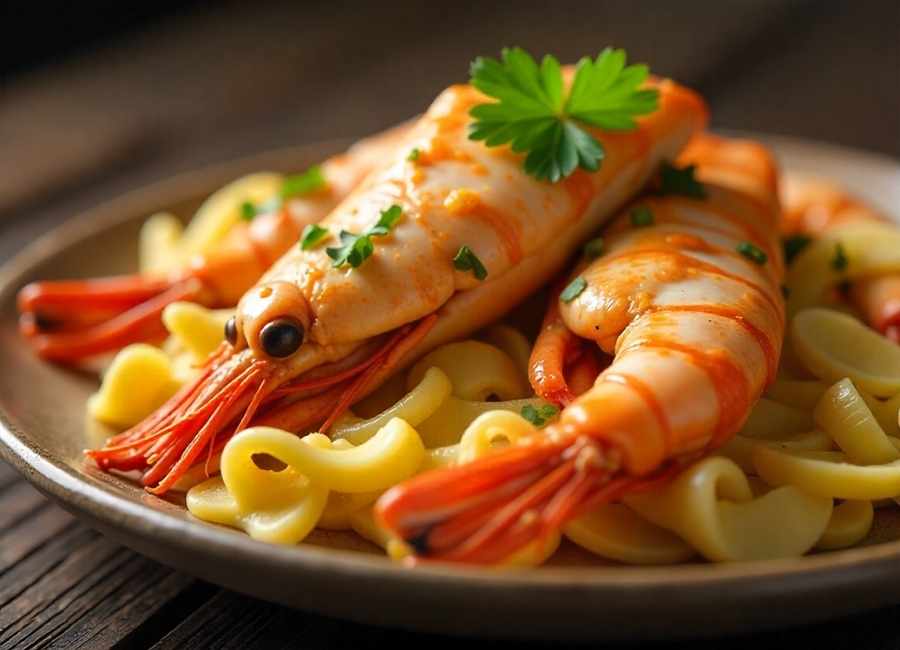
Fish and Shellfish
Like meat, seafood is highly susceptible to spoilage and the growth of pathogens. (National Food Safety Month Week 4: Follow safe food procedures, 2020)
- Examples: All types of fish (salmon, tuna, cod), shrimp, lobster, crab, oysters, clams, and mussels.
Eggs
Eggs require temperature control to remain safe, whether they are in their shell or have been processed. (Key Temperatures for Egg Safety in Food Service Operations and Retail Food Stores, n.d.)
- Examples Include Shell eggs, liquid eggs, and dishes made with eggs, such as quiche and custards.
Cooked Starches
Foods that are high in carbohydrates and have been cooked become TCS foods because the cooking process introduces moisture. (Safe Handling of Ready-to-Eat Foods: Fat Tom Principles Explained, n.d.)
- Examples Include Cooked rice, pasta, potatoes (baked, boiled, or as part of a dish like potato salad), and other cooked grains such as quinoa and barley.
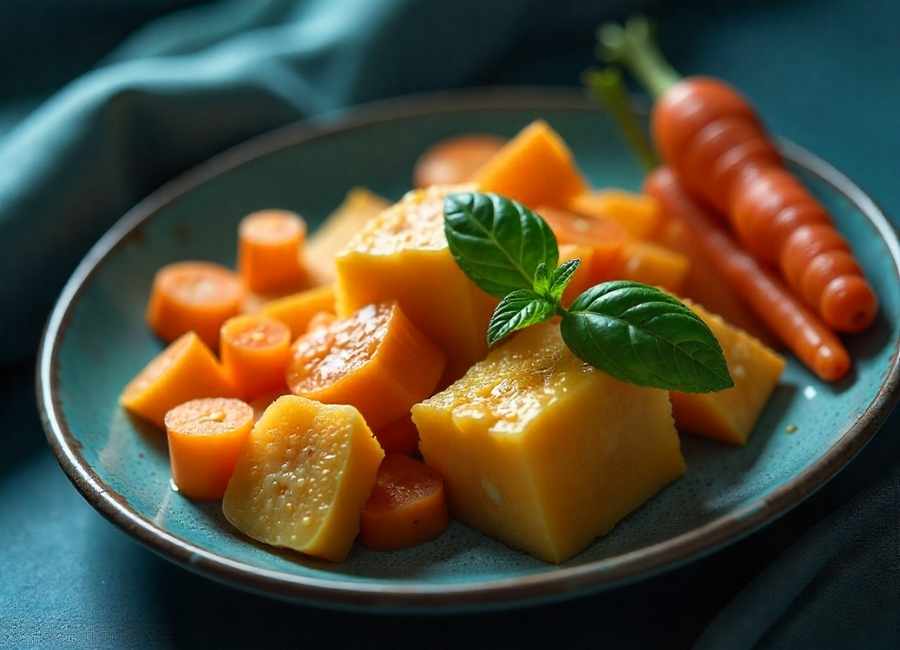
Fruits and Vegetables
While many whole fruits and vegetables are not TCS foods, they become so once they are cut, cooked, or processed. (Section 1-1: MENUS, n.d.)
- Examples:
- Cut melons (cantaloupe, watermelon, honeydew)
- Cut tomatoes
- Cut leafy greens (lettuce, spinach)
- Cooked vegetables (carrots, broccoli, green beans)
- Sprouts and sprout seeds (bean sprouts, alfalfa sprouts)
Tofu and Soy Products
Plant-based proteins with high moisture content are also considered TCS foods. (Textured vegetable protein, n.d.)
- Examples: Tofu, tempeh, edamame, and other soy-based meat substitutes.
Untreated Garlic and Oil Mixtures
When garlic is stored in oil without additional treatment to inhibit bacterial growth, it can create an anaerobic (oxygen-free) environment, allowing Clostridium botulinum bacteria to thrive. (Is Garlic Oil Safe?, 2025)
- Examples: Homemade garlic-in-oil infusions. Commercially prepared garlic-in-oil mixtures contain acids or other additives to make them safe for storage at room temperature.
Safe Handling Procedures for TCS Foods
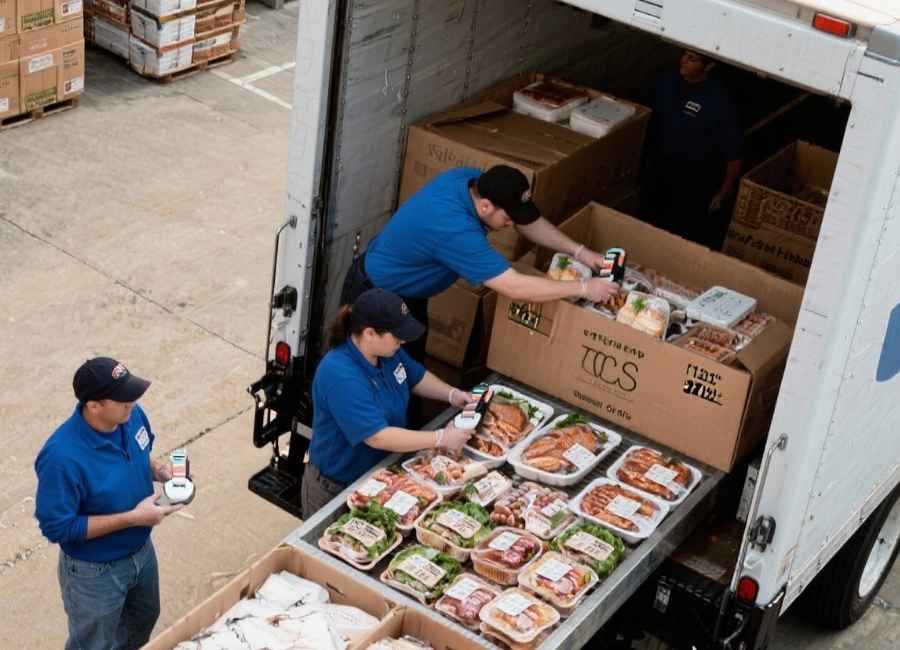
Properly handling TCS foods involves a series of steps from receiving to serving. Following these guidelines is not just best practice—it’s a legal requirement enforced by health departments. (TCS Food Event Requirements, 2025)
Receiving
The safety chain starts the moment a delivery arrives.
- Check Temperatures: Use a calibrated food thermometer to check the temperature of TCS foods upon delivery.
- Cold foods should arrive at a temperature of 41°F (5°C) or below. (National Food Safety Month Week 4: Follow safe food procedures, 2020)
- Hot foods should arrive at a temperature of 135°F (57°C) or higher. (Food Code 2017, n.d.)
- Frozen foods should be frozen solid. (Time/Temperature Control for Safety (TCS) Foods Temperature Guide, n.d.)
- Inspect Quality: Reject any items that show signs of thawing and refreezing, have damaged packaging, or appear discolored or have an off-odor.
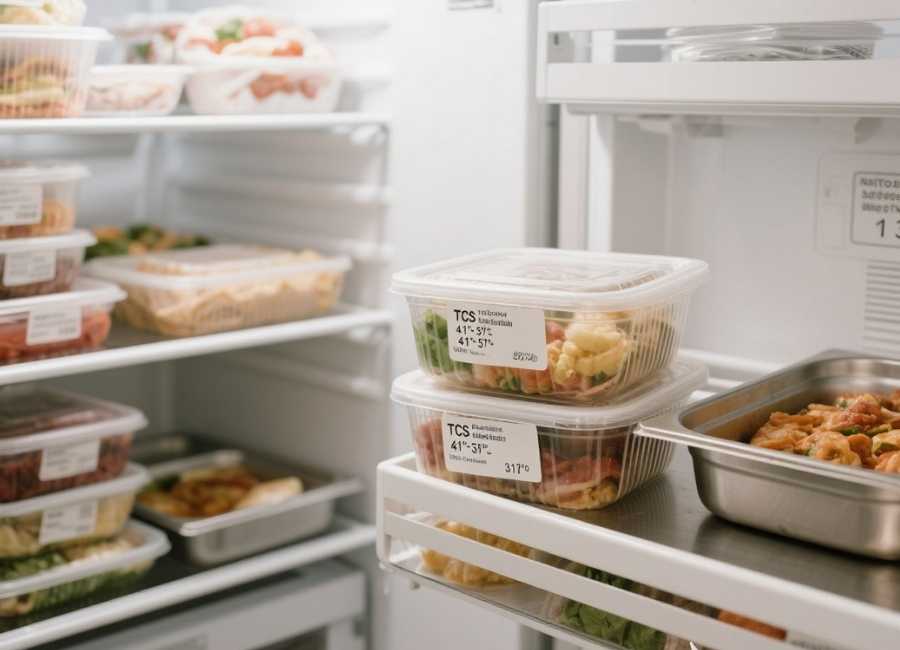
Storing
Once received, TCS foods must be stored at the correct temperatures immediately.
- Cold Storage: Refrigerate TCS foods to maintain an internal temperature of 41°F (5°C) or lower. (National Food Safety Month Week 4: Follow safe food procedures, 2020) Avoid overloading refrigerators, as this can obstruct airflow and create warm spots within the unit.
- Hot Holding: When holding TCS foods at a hot temperature, use equipment such as steam tables or warming cabinets to maintain a temperature of 135°F (57°C) or higher. (TCS Food: A Guide to Safe Handling, Storage, and Compliance, n.d.)
- Labeling: All TCS foods prepared in-house must be labeled with the food name and the date by which it must be sold, consumed, or discarded. Ready-to-eat TCS foods can be stored for a maximum of seven days if held at 41°F (5°C) or lower. (Ready-to-eat TCS food; date marking, n.d.)
Thawing
Improper thawing can allow TCS foods to linger in the temperature danger zone. (Keep food safe with time and temperature control, n.d.) There are four safe methods for thawing:
- In a refrigerator: Thaw food in a cooler at a temperature of 41°F (5°C) or lower. (National Food Safety Month Week 4: Follow safe food procedures, 2020)
- Under running water: Submerge the food under drinkable running water at 70°F (21°C) or lower. (Minnesota Administrative Rules, n.d.)
- In a microwave: If the food will be cooked immediately after, it can be thawed in a microwave.
- As part of cooking, thaw food as part of the conventional cooking process.
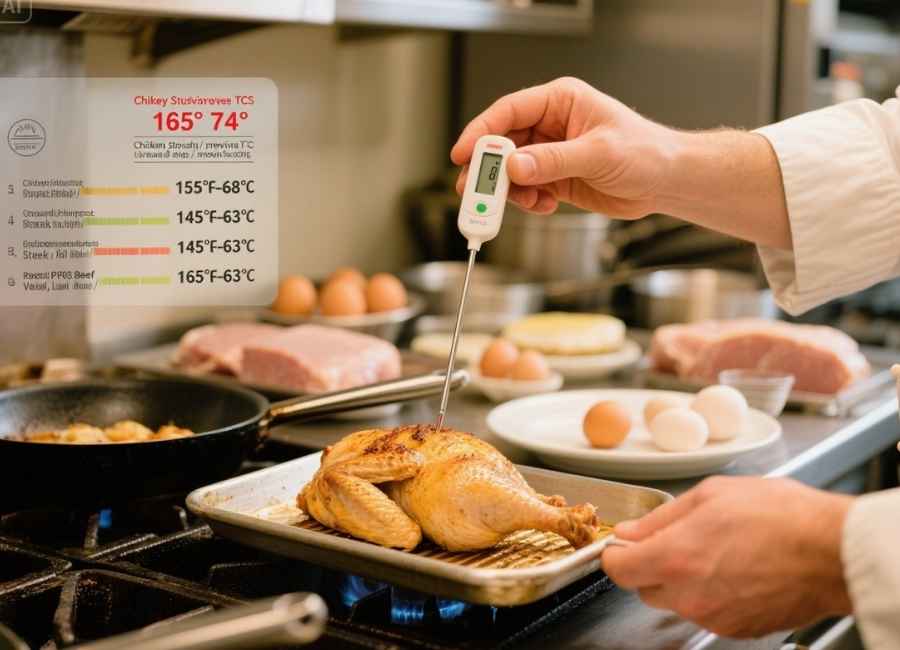
Cooking
Cooking TCS foods to the correct internal temperature is the only way to reduce pathogens to safe levels. (National Food Safety Month Week 4: Follow safe food procedures, 2020)
- Use a Thermometer: Always use a calibrated thermometer to check the final internal temperature.
- Minimum Internal Temperatures:
- 165°F (74°C) for 15 seconds: Poultry, stuffed meats, and any dish that includes previously cooked TCS ingredients. (Safe Minimum Cooking Temperatures, n.d.)
- 155°F (68°C) for 15 seconds: Ground meat, injected meat, and shell eggs that will be hot-held for service. (Rule 44:02:07:28 Cooking potentially hazardous food, n.d.)
- 145°F (63°C) for 15 seconds: Seafood, steaks, chops, and shell eggs that will be served immediately. (ServSafe Temperatures and Time Control, n.d.)
- 145°F (63°C) for 4 minutes: Roasts of pork, beef, veal, and lamb. (Safe Minimum Internal Temperature Chart, n.d.)
Cooling
Cooked TCS foods that will not be served immediately must be cooled rapidly to prevent bacterial growth. (What Are TCS Foods And How Do You Keep Them Safe?, n.d.)
- Two-Stage Cooling Process:
- Cool food from 135°F to 70°F (57°C to 21°C) within two hours. (National Food Safety Month Week 4: Follow safe food procedures, 2020)
- Cool food from 70°F to 41°F (21°C to 5°C) or lower in the next four hours. (National Food Safety Month Week 4: Follow safe food procedures, 2020)
- Cooling Methods: Utilize methods such as ice-water baths, ice paddles, or dividing large amounts of food into smaller, shallow containers to expedite the process.
The Importance of Food Safety Training
It’s one thing to read about TCS foods, but it’s another to handle them correctly during a busy service. This is why ongoing training is so important. Every employee, from the dishwasher to the head chef, should be able to identify TCS foods and understand the critical role time and temperature play in preventing foodborne illness.
Regular training sessions reinforce good habits and ensure your team stays current on food safety regulations. When your staff is knowledgeable and confident, you create a culture of food safety that protects your customers and your business’s reputation.
Your Next Steps for Food Safety
Understanding and managing TCS foods is fundamental to running a safe and successful food service operation. It requires diligence, attention to detail, and a commitment from every member of your team. By implementing strict time and temperature controls at every stage—from receiving to serving—you can minimize the risk of foodborne illness and ensure the food you serve is always safe and delicious.










